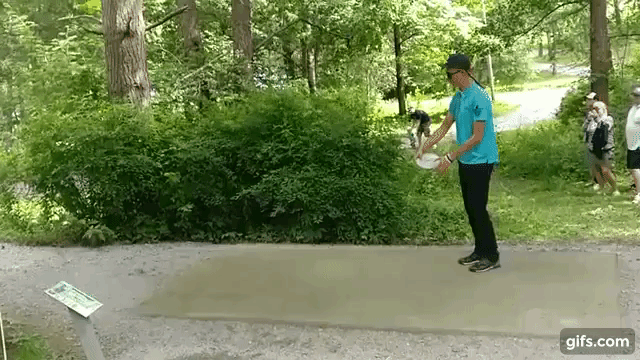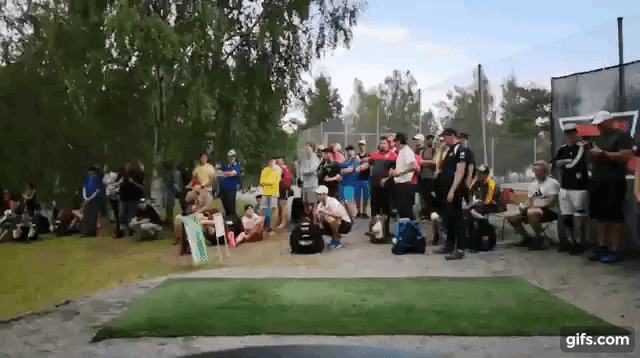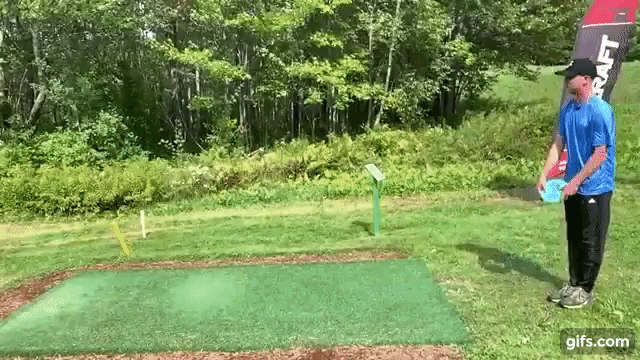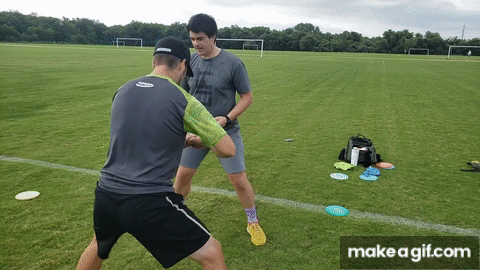SuperWookie
Birdie Member
- Joined
- Apr 9, 2019
- Messages
- 429
Yes, ish, there has been lots of talk recently on facebook about spinning the hips actively, this is wrong and got me angry and made me make this video. However actually focusing on the shift is again IMO not the best plan, focusing on everything Sidewinder films about balance and movement is a better option, by being in balance the shift will happen naturally.
I love all of Sidewinders movement drills, things like the elephant walk, the riding the bull, practising those sort of movements will make the shift happen naturally.
The hips spin because of the lateral shift. They will spin but don't try and make them spin.
So I've been reading this thread and not really even sure what Rocking the Hips means? But after watching your video, I "think" I understand a little bit better now, but have questions.
So in your video you're holding onto that stick and showing a dynamic position the body would be in during a proper throw. And specifically right when your plant foot comes down. And you talk about how the Hips are so important to get the power for the throw, and I guess I don't really understand it.
In slow mo, you move your hips maybe 2-4" forward once your plant foot touches the ground. And then move your hips back and fourth a little just to show their movement. And in a throw where there is an X step, you wouldn't even know that was a thing the thrower was actively trying to accomplish!
So one question is, HOW does that little tiny movement of your hips shifting forward make such a big difference? And then, how do you do it?
Second, is your rear/left foot/leg ACTIVELY pushing your body forward HARD coming out of the X step, in order to get onto the plant foot? Or is it more of a thing where you're letting gravity just casually bring your right leg forward and FALLING into the plant? I can never tell with certain players if they are pushing or falling into the plant? And some players look like they move really fast near the end, while others move slower overall. Yet they both end up throwing far. So I just don't understand how this almost imperceptible movement of actively shifting the hips forward BEFORE you begin your pull can make such a huge difference? As this thread alludes too. Should I be feeling like I need to get my right/plant leg quickly out in front of me? Or casually let it swing towards where I'm going to plant and why?
In addition, some throwers bring their left foot step behind in the X step, farther or shorter behind them. And I don't understand why or which is better, etc? As well as hoping (aka Seppo) vs a more low linear version (aka Simon).
So here you have Eagle who looks like he's FALLING forward out of his X step, and his left foot step behind is a medium distance behind him

Then Simon with a HUGE left foot step behind and looks much more centered or almost a tad leaning back during the transition

Then Seppo with a hop out of the X step but with a small step behind him and looks to be centered during the transition but leaning forward a tad

